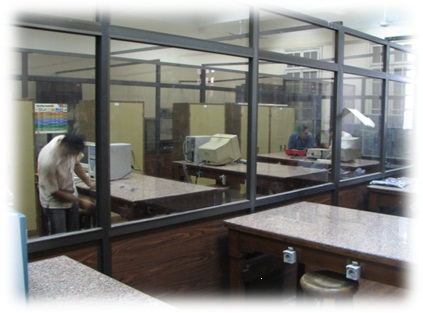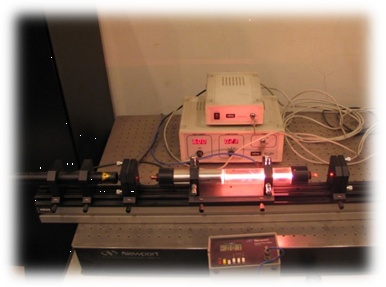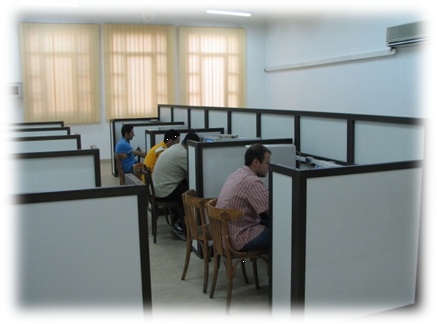Magnetic Confinement System with Emphasis on Control
Magnetic confinement has many applications in energy production, plasma and liquid metals and molten metal pouring to prevent contact with the vessel walls. On a global view, the fossil fuel era is almost over. Although fossil fuels such as petroleum and natural gas will not be totally depleted for a few hundred years, experts predict an energy shortfull in less than 50 years at the present rate of use.
Energy sources that may possibly replace fossil fuels are hydroelectric, wind, geothermal and solar. Energy sources, such as solar wind and geothermal energy are attractive from ecological point of view, but do not provide the necessary energy prediction density sufficient to replace the existing fossil fuels, (density is the rate of energy produced divided by the area needed to produce it.) Nuclear fission and fusion have sufficient energy density to potentially supply the world population at increasing energy density. However, nuclear fission has major environmental hazards and pollutions, which limits its expansion.
Fusion is the process by which the nuclei of two light weight atoms such as hydrogen are fused together to form a heavier (helium) nucleus, with energy produced as a by-product. Fusion can produce no pollution or green house gases during normal operation since the fusion reaction product is helium. Controlled fusion is achieved by confining and heating plasma of light weight atoms in toroidal vessel (chamber) and is confined magnetically to prevent its contact with the vessel walls. Magnetic confinement is obtained using toroidal and poloidal magnetic coils carrying AC currents which a magnetic flux to compress the plasma towards the center of the toroidal chamber. Control system is necessary to guarantee the sustained operation of the confinement satisfactorily.
- Studying magnetic confinement of plasma obtained from an ion source
- Controlling plasma trajectory to simulate the phenomenon encountered in Tokamak reactors
- In-the-house code that can be even commercialized over other universities in Egypt
- (2) Research papers to be submitted to prestigious conferences and journals
- (1) Ph.D. + (1) M.Sc. theses
- LE 75,000 to cover cost of needed equipment
- (1) Ph. D. and (1) M,Sc. Students
- Equipment : (Ion Source, Vacuum System, Toroidal Chamber, Power Supply, Electronic Gadgets, Magnetic Coils, Sensors, Data Acquisition Card, Personal Computer) – Software (1)




